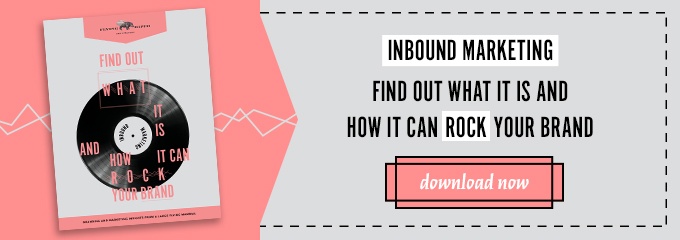 Marketing
Marketing
The Anatomy of Inbound Marketing Leads
In high school, I loved the smell of formaldehyde in the morning. My first class was Anatomy and Physiology and that smell meant we got to dissect some new and exciting creature. From worms to frogs, actually getting in there and getting my hands dirty was my favorite way to learn.
I’ve been doing marketing now for a large chunk of my professional career. For context: We’re looking at over 8 years of marketing design, strategy and business tactics. It hasn’t been until the last three years that I’ve actually had any real data to help drive the marketing, and that’s only been possible with the introduction of inbound marketing. Needless to say I’ve gotten my hands pretty dirty and seen the inside of powerful and effective marketing data—and at the heart of it all is the lead.
With the emergence of inbound marketing, I’ve noticed that we’re dealing with an entirely different animal than with traditional or “outbound” marketing. While they can be similar, there are major differences that, as marketers, we need to consider when planning campaigns. In getting my hands dirty, I’ve found these to be some of the major differences between outbound and inbound marketing leads:
1. R.I.P. Outbound Leads Are Dead
Not literally, but you get the point. Companies are quickly jumping on the inbound train and relying on this methodology for lead generation. As this space gets more crowded, there are less outbound leads to come by. Consumers are also quickly adapting their behavior in this digitally native world. Now, when they need something, they’re much more likely to ask their friend google or tap their social networks than rely on your outbound advertising. Couple that with the fact that they are getting much better at tuning out your outbound messages, it’s not hard to see why inbound marketing is becoming a more and more attractive strategy.
2. Inbound Leads Are Smarter
With outbound marketing, you have to assume the audience knows little to nothing about you — which means at the first touchpoint with that outbound lead, you have to spend a good deal of time educating that lead. With inbound, they have already done their homework — and you’ve hopefully helped them along the way. They have read your blog, downloaded your content, etc. and come to the table educated about who you are and what value you provide.
3. Salespeople Like Inbound Leads
Outbound leads gathered from tactics like telemarketing, direct mail and trade shows are thought to be less valuable by sales, according to HubSpot’s 2014 State of Inbound. This makes perfect sense considering they have to spend more time educating outbound leads about your company. With inbound marketing, your sales team spends a lot less time educating, thereby shortening your sales cycle. Inbound delivers more educated leads, empowering your sales team to spend less time convincing and more time closing.
4. Outbound Leads Are Pricey
Outbound leads cost 61% more on average than leads generated by inbound marketing campaigns. That’s a huge number, I’ll write it again:
This is one of the most glaring differences between inbound and outbound leads because, not only are inbound leads higher quality, they also help you leverage your sales and marketing budgets.
Final Takeaway
You may be thinking, “Wow, it really sounds like he is pushing inbound marketing”, and you’re right. However, outbound leads shouldn’t be completely ruled out. Actually, I see a lot of value in finding ways to integrate outbound marketing with inbound marketing campaigns. At the end of the day, inbound marketing will produce better and more tangible ROI for your company (Without that smell of formaldehyde, and your super awkward lab partner.)


